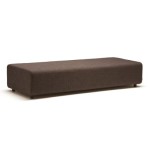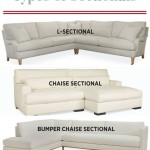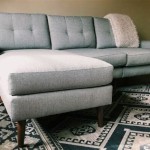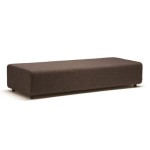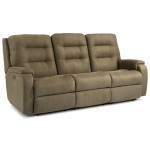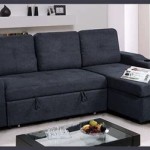Formal Living Room No Sofa
In the realm of interior design, formal living rooms have long held a place of elegance and sophistication. Traditionally, these spaces have been defined by the presence of a grand sofa, serving as the centerpiece for gatherings and relaxation. However, in recent years, a shift in design aesthetics has ushered in a new era where the sofa's dominance is being challenged, paving the way for formal living rooms without sofas. This unconventional approach offers a unique blend of style and functionality, creating spaces that are both inviting and visually striking.
Embracing Alternative Seating Options
The absence of a sofa in a formal living room presents an opportunity to explore a diverse range of seating options that contribute to the room's character and functionality. Armchairs, for instance, offer an intimate and elegant seating experience, while larger accent chairs can serve as statement pieces. Ottomans, both upholstered and wooden, provide versatile seating and can be easily moved around to accommodate different seating arrangements. A pair of chaise lounges, positioned strategically, can create a sense of grandeur and provide a comfortable spot for reading or simply relaxing.
Curating a Luxurious Atmosphere
Without the overwhelming presence of a sofa, formal living rooms without sofas can achieve a sense of spaciousness and luxury that is often difficult to attain with traditional seating arrangements. Carefully chosen statement furniture, such as a grand antique chest or a meticulously crafted coffee table, can become focal points, drawing attention to the room's architectural details and enhancing its overall elegance. The absence of a sofa also provides an opportunity to create a more intimate and inviting atmosphere, encouraging guests to engage in conversation and enjoy the company of others.
Prioritizing Functionality and Flexibility
While aesthetic considerations are paramount in formal living rooms, functionality remains a crucial aspect. The lack of a sofa necessitates a deliberate approach to seating arrangements, ensuring that the chosen seating options fulfill the room's intended purpose. For example, a formal living room designed for entertaining guests may prioritize seating arrangements that facilitate conversation and flow, while a room intended for relaxation might focus on creating cozy and comfortable spaces. The absence of a sofa also allows for greater flexibility in terms of layout and décor, enabling homeowners to create unique and personalized living spaces that reflect their individual tastes.
Crafting a Distinctive Statement
Formal living rooms without sofas offer a departure from conventional design norms, embracing a more minimalist and curated approach to interior design. This approach allows homeowners to showcase their individual style and create spaces that are both timeless and contemporary. By carefully selecting furniture and décor that complement the room's architectural features and evoke a sense of sophistication, formal living rooms without sofas can become true expressions of personal taste and elegance. They are spaces that transcend the ordinary, offering a glimpse into a world of refined living.

9 Seating Alternatives For A No Sofa Living Room Houzz

How To Design A Living Room Without Sofa

Could Your Living Room Be Better Without A Sofa

How To Design A Living Room Without Sofa

10 Unique Ways To Setup Living Room Without Sofa

Houseography Tour Our House Living Room Without Sofa Couches Formal Rooms

10 Best Alternative Formal Living Room Ideas For Your Home Foyr

Formal Not So Living Room Design Mercedes Amato Interiors
:strip_icc()/Designer_KatieHackworthPhotographer_BelatheePhotography2-84746b53c1ab4abe92d5fcd198affbfe.jpg?strip=all)
How To Design A Formal Living Room That Doesn T Feel Dated

10 Tips For Styling Large Living Rooms Other Awkward Spaces The Inspired Room

